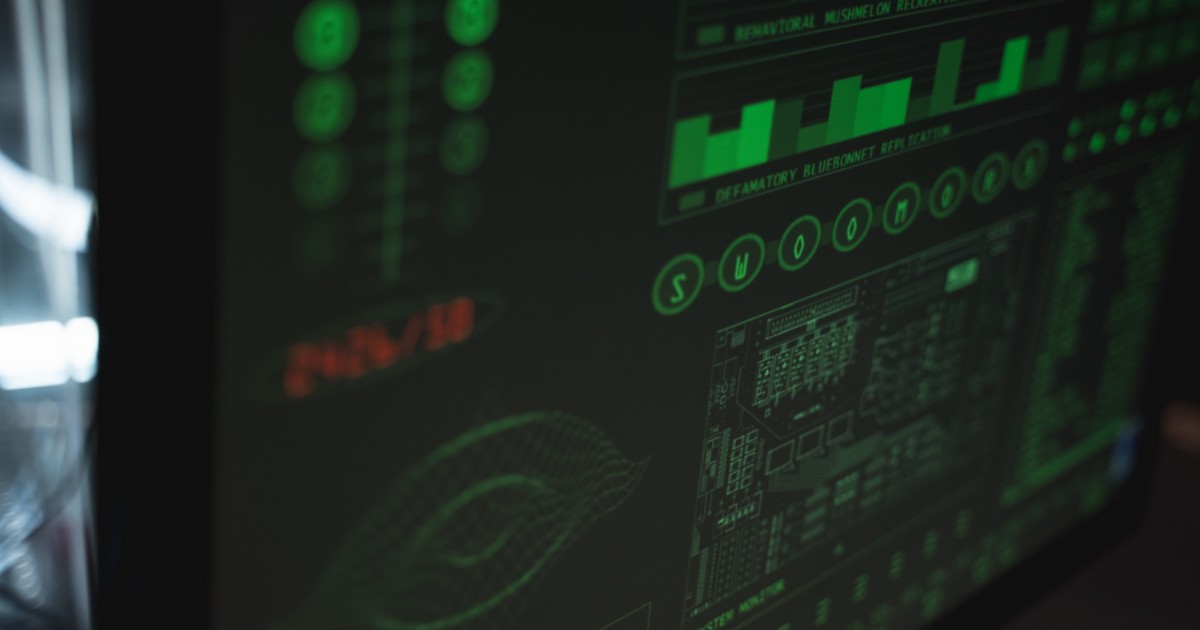Monitoring System for Industry 4.0: AI-Driven, Data Analysis and Health Maintenance
A special issue of Applied Sciences (ISSN 2076-3417). This special issue belongs to the section "Computing and Artificial Intelligence".
Deadline for manuscript submissions: closed (20 October 2024) | Viewed by 36999

Special Issue Editors
Interests: deep learning; statistical modeling; image analysis; time-series analysis
Special Issues, Collections and Topics in MDPI journals
Interests: deep learning; geo-mathematics; image analysis; time-series analysis
Special Issues, Collections and Topics in MDPI journals
Special Issue Information
Dear Colleagues,
With the development of IoT and “Industry 4.0”, industrial systems become more intelligent and complex, and monitoring systems’ health is very important to guarantee stability, security, and economy. This shift also concerns diverse research areas, e.g., detection of abnormal data, unhealthy status, fault diagnosis, adversarial attacks, robustness analysis, and so on. On the other hand, with the development of sensor systems, large quantities of data have become easily available, bringing challenges to industrial systems’ condition monitoring.
A number of methodologies and algorithms related to data mining, big data analysis, and deep learning have been developed in this research area. However, there are still many challenging problems worth exploring and solving. Therefore, this Research Topic aims to select potential contributions related to advanced theoretical findings, technologies, algorithms, and industrial applications in the monitoring of industrial systems’ health (i.e., condition monitoring).
Subtopics of interest include:
• Theory development on monitoring systems’ health:
-Machine learning;
-Deep learning;
-Data Mining;
-Big data analytics;
-Graph theory.
• Engineering applications related to monitoring systems’ health:
-Data cleaning;
-Abnormal data detection;
-Anomaly detection;
-Condition monitoring;
-Fault diagnosis.
• Anomaly detection in energy-related industrial systems.
Dr. Yusen He
Dr. Huajin Li
Guest Editors
Manuscript Submission Information
Manuscripts should be submitted online at www.mdpi.com by registering and logging in to this website. Once you are registered, click here to go to the submission form. Manuscripts can be submitted until the deadline. All submissions that pass pre-check are peer-reviewed. Accepted papers will be published continuously in the journal (as soon as accepted) and will be listed together on the special issue website. Research articles, review articles as well as short communications are invited. For planned papers, a title and short abstract (about 250 words) can be sent to the Editorial Office for assessment.
Submitted manuscripts should not have been published previously, nor be under consideration for publication elsewhere (except conference proceedings papers). All manuscripts are thoroughly refereed through a single-blind peer-review process. A guide for authors and other relevant information for submission of manuscripts is available on the Instructions for Authors page. Applied Sciences is an international peer-reviewed open access semimonthly journal published by MDPI.
Please visit the Instructions for Authors page before submitting a manuscript. The Article Processing Charge (APC) for publication in this open access journal is 2400 CHF (Swiss Francs). Submitted papers should be well formatted and use good English. Authors may use MDPI's English editing service prior to publication or during author revisions.
Keywords
- data-driven modeling
- data mining
- big data
- machine learning
- deep learning
- condition monitoring
- anomaly detection
- fault diagnosis
Benefits of Publishing in a Special Issue
- Ease of navigation: Grouping papers by topic helps scholars navigate broad scope journals more efficiently.
- Greater discoverability: Special Issues support the reach and impact of scientific research. Articles in Special Issues are more discoverable and cited more frequently.
- Expansion of research network: Special Issues facilitate connections among authors, fostering scientific collaborations.
- External promotion: Articles in Special Issues are often promoted through the journal's social media, increasing their visibility.
- Reprint: MDPI Books provides the opportunity to republish successful Special Issues in book format, both online and in print.
Further information on MDPI's Special Issue policies can be found here.






